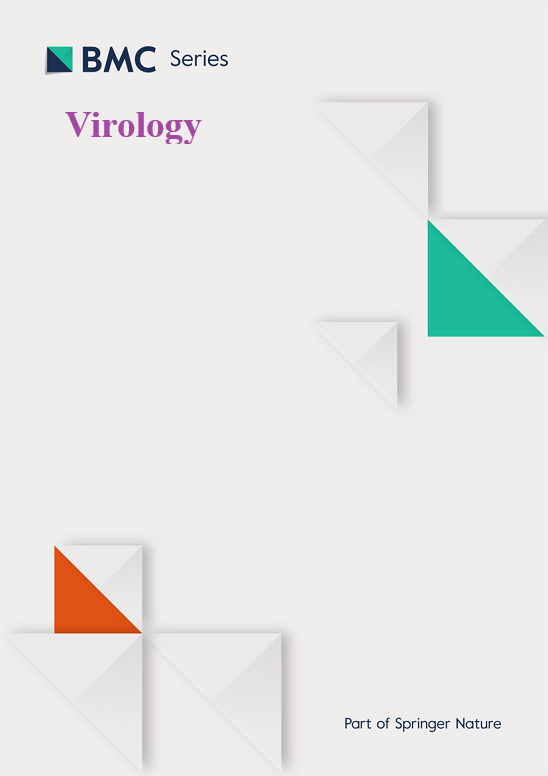Structural biology of single-stranded, positive-sense RNA viruses in the age of accurate atomic-scale predictions of protein structures
IF 2.8
3区 医学
Q3 VIROLOGY
引用次数: 0
Abstract
For decades atomic structures of proteins could only be determined experimentally and at a very slow pace. This was a particular problem for RNA viruses, for which sequences diverge fast and horizontal transfers are common. This made modeling from known structures difficult and uncertain. Only hard experimental structural data could allow accurate atomic descriptions of viral proteins and subsequent analyses, from mutant phenotype prediction to drug design. This has changed. With the advent of AlphaFold, that allows accurate protein structure prediction from sequence only, it is now possible in most cases to have the structure of a new protein of interest in a matter of minutes. In this mini review we focus on important consequences of this new state of affairs. While most of our conclusions are likely relevant to RNA viruses in general, here we focus on single-stranded, positive-sense RNA viruses. Taking as case studies proteins that are studied in our lab, we highlight why these viruses generally encode proteins that are particularly tough cases, being membrane-associated proteins with alternate conformations, structures, and interactions that may not be conserved even between close relatives. For these proteins AlphaFold may even fail or at least mislead, but with a proper approach it may also allow jump-starting the study of difficult or understudied viruses.
单链阳性RNA病毒的结构生物学在蛋白质结构精确的原子尺度预测时代
几十年来,蛋白质的原子结构只能通过实验来确定,而且速度很慢。这对RNA病毒来说是一个特别的问题,因为RNA病毒的序列分化很快,水平转移很常见。这使得从已知结构进行建模变得困难和不确定。只有硬的实验结构数据才能允许对病毒蛋白进行精确的原子描述和随后的分析,从突变表型预测到药物设计。这种情况已经改变。随着AlphaFold的出现,它只允许从序列中准确预测蛋白质结构,现在在大多数情况下,可以在几分钟内获得感兴趣的新蛋白质的结构。在这篇简短的评论中,我们集中讨论这种新事态的重要后果。虽然我们的大多数结论可能与一般的RNA病毒有关,但这里我们关注的是单链阳性RNA病毒。以我们实验室研究的蛋白质为例,我们强调了为什么这些病毒通常编码的蛋白质是特别棘手的情况,是具有替代构象、结构和相互作用的膜相关蛋白质,即使在近亲之间也可能不保守。对于这些蛋白质,AlphaFold甚至可能失败,或者至少是误导,但通过适当的方法,它也可能启动对困难或研究不足的病毒的研究。
本文章由计算机程序翻译,如有差异,请以英文原文为准。
求助全文
约1分钟内获得全文
求助全文
来源期刊

Virology
医学-病毒学
CiteScore
6.00
自引率
0.00%
发文量
157
审稿时长
50 days
期刊介绍:
Launched in 1955, Virology is a broad and inclusive journal that welcomes submissions on all aspects of virology including plant, animal, microbial and human viruses. The journal publishes basic research as well as pre-clinical and clinical studies of vaccines, anti-viral drugs and their development, anti-viral therapies, and computational studies of virus infections. Any submission that is of broad interest to the community of virologists/vaccinologists and reporting scientifically accurate and valuable research will be considered for publication, including negative findings and multidisciplinary work.Virology is open to reviews, research manuscripts, short communication, registered reports as well as follow-up manuscripts.
 求助内容:
求助内容: 应助结果提醒方式:
应助结果提醒方式:


